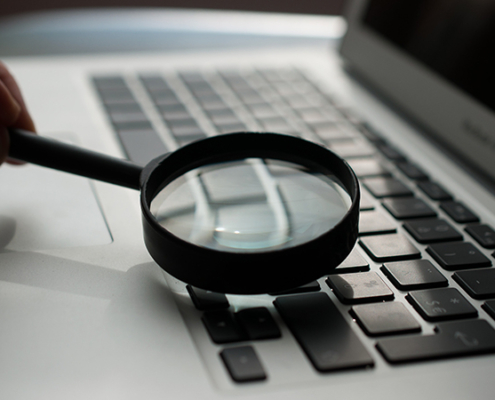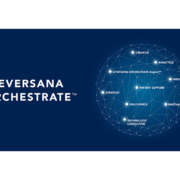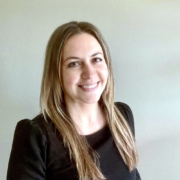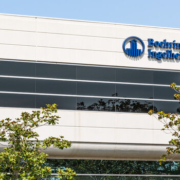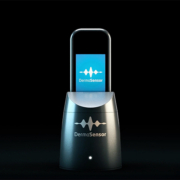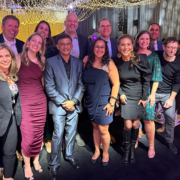GenAI’s potential to revolutionize drug safety monitoring with adverse event validation
GenAI’s potential to revolutionize drug safety monitoring with adverse event validation
By Sanmugam Aravinthan, IQVIA
The healthcare industry currently generates about 30 percent of the world’s data volume and that number is expanding rapidly, reaching an annual growth rate of 36 percent by next year. The life sciences are a major contributor to the expansion of the healthcare industry’s data, with a market growth rate of 11 percent up until 2032. In particular, drug development and monitoring continue to expand as the volume of information and variety of sources used in data collection increase. Organizations are now challenged with not only gathering and collecting data but also validating potential safety events.
Gathering information from social media, call centers, audio files and images to properly identify adverse events (AEs) exponentially increases the quantity of data, making it increasingly challenging to consolidate and analyze. Current pharmacovigilance efforts already use artificial intelligence (AI) and natural language processing (NLP) to simplify the intake of AEs by analyzing unstructured text from various sources. However, manual processes are still required to verify and validate the identified safety event.
Stakeholders have greatly benefited from the use of intelligence in the industry and are considering the use of generative AI (GenAI), allowing intelligence to not only extract the information but also validate it. How could the use of GenAI impact the current pharmacovigilance (PV) landscape and accelerate the identification and validation of drug safety events?
Value and applicability of GenAI in pharmacovigilance
Recent reports have suggested that GenAI has the potential to generate $60 billion to $110 billion annually in economic value for the pharmaceutical and medical product industries. A significant portion of this economic value is attributed to increased productivity in the drug development process. PV, a critical aspect of drug performance and safety monitoring throughout the drug lifecycle, is one particular area that can benefit from the use of GenAI.
Higher volumes of safety events across varying digital platforms can exhaust PV resources. Current processes allow AI solutions to identify a potential risk and then forward that risk on to be verified manually, saving valuable time and effort. Though this process can reduce redundancy and eliminate unnecessary information by more than 60 percent, there is still a considerable amount of work that is required of PV professionals to validate the potential safety risk.
With GenAI, there is a potential for this risk analysis and verification portion of the PV workflow to be entered into a virtual quality check, that can contextually understand the content as a whole and extract information based on how the machine is prompted. This would enable intelligence to not only gather unstructured data across various platforms but also analyze and draw conclusions based on the information. This allows GenAI to handle the quality assurance and validation portion of the PV process, saving manual efforts and accelerating drug safety monitoring.
All machine-related technologies or techniques are designed to mimic human intelligence. However, combining human-like language generation capabilities with the advanced ability to identify, summarize, and analyze demonstrates the added advantages of GenAI. Providing GenAI with applicable examples and guidelines on what to identify can teach the machine to handle the quality check process, saving PV professionals valuable time.
Safeguarding the use of GenAI in the lifesciences industry
Understandably, many organizations are still hesitant to implement this new technology, as it can be susceptible to bias, and some may be skeptical that GenAI lacks reliability in data outputs. However, by properly managing risks and constantly retraining and guiding GenAI, the pharmaceutical industry can greatly benefit from its advantages.
As a general guideline for the use of GenAI in PV efforts, organizations should ensure that there is a well-planned strategy for implementation and constantly monitor for data privacy and data quality concerns. GenAI should be applied to a specific use case, solving a practical problem and should involve experienced experts, such as data scientists, to ensure the application of the intelligence is properly solving the issue at hand. Organizations should also practice continuous validation, to confirm that outputs are aligned with intended outcomes. The use of GenAI will also require constant training and retraining to guide the intelligence to optimize outputs.
The growing volume and complexity of information gathered throughout the PV workflow calls for an examination of current processes to understand where new technology, such as GenAI, can be inserted into procedures. GenAI offers a new solution to the expanding amount of data in the industry by not only automating information extraction but also potentially validating safety events. Though concerns regarding safety and bias are legitimate, the thorough planning and implementation of GenAI can lead to valuable improvements in productivity, by decreasing the number of manual processes. Embracing the potential of GenAI allows the life sciences industry to improve and enhance drug safety monitoring, leading to faster, more accurate clinical outcomes.

